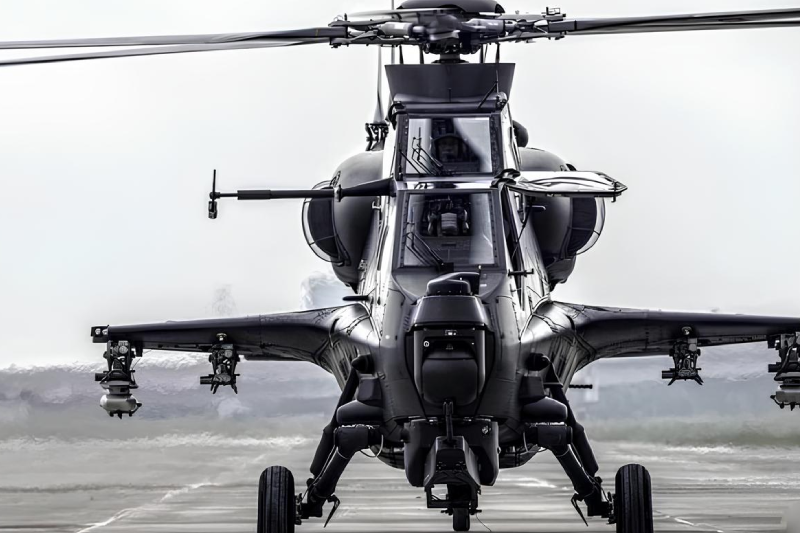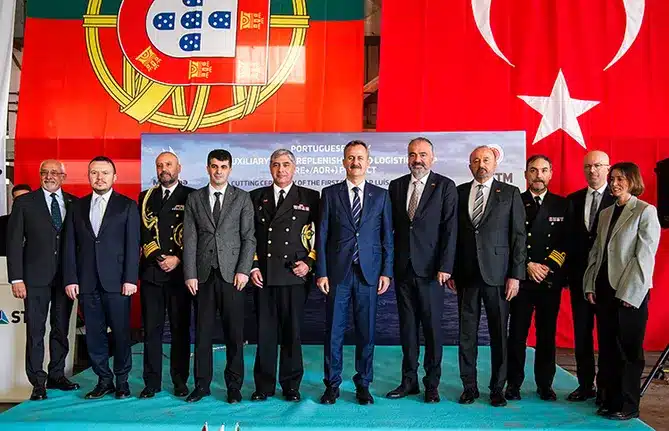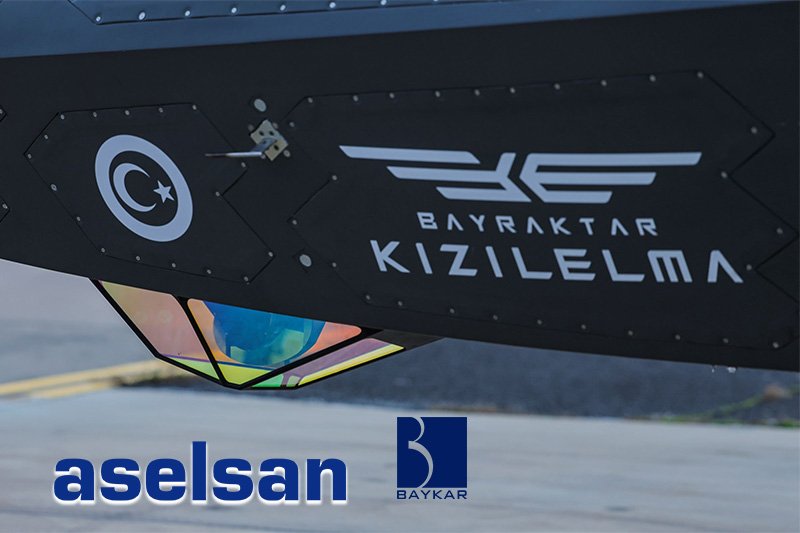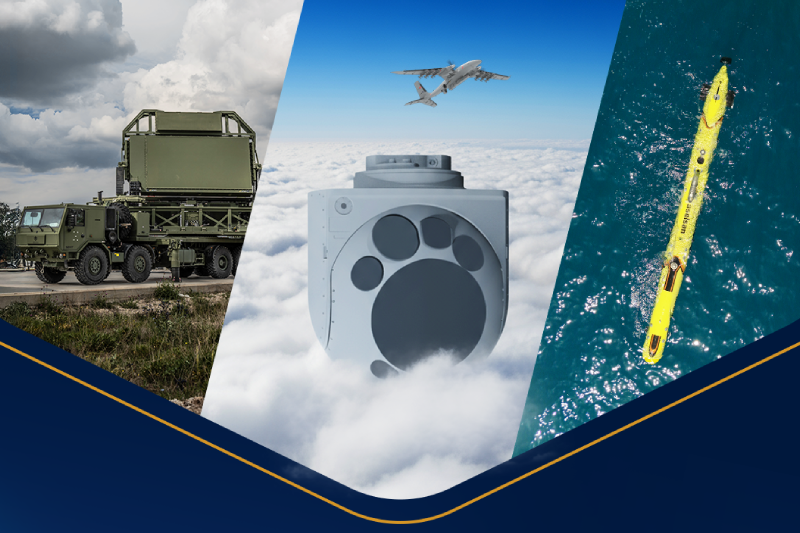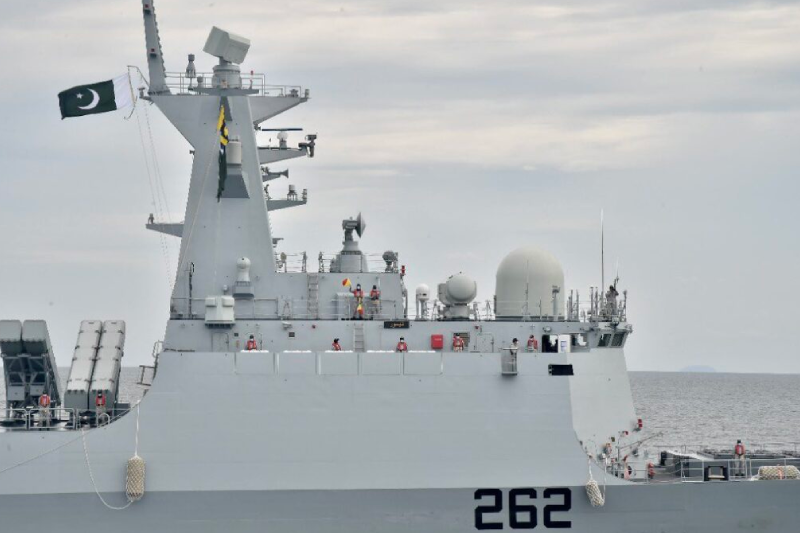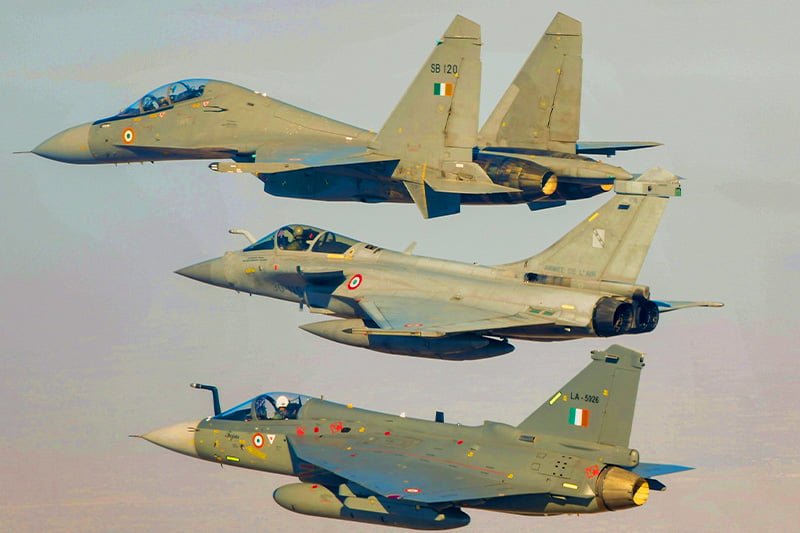Assessing India’s Aircraft Industry: Insights from Web Media
Indian PM Narendra Modi initiated an ambitious ‘Make in India’ project in 2014 emphasising domestic manufacturing and removing hurdles that prevented foreign collaboration in the defense sector because of the government’s strict foreign investment and joint venture regulations. Since he arrived in Panchavati (the official residential complex of the Indian PM), the indigenization drive accelerated considerably.
India signed various co-production agreements with international aerospace companies including an agreement with a US defense firm General Electric (GE) to co-produce GE-414 engines locally under an 80% Transfer of Technology (ToT); Helicopter Engine MoU with French aerospace company Safran; and the Hermes-900 drone deal with Israeli Elbit Systems.
Besides this, Hindustan Aeronautics Ltd (HAL) – an aerospace and defense company, owned by the Government of India opened a new tailor-made facility to augment its helicopter production, alongside inaugurating the first ‘Repair and Overhaul (RAO) facility for Su-30 MKI aircraft, with the capacity to overhaul 20 SU-30 fighters in a single year. HAL claimed to have successfully built an indigenous Active Electronically Scanned Array (AESA) radar, the Uttam, scheduled to begin manufacturing in 2024. It will be integrated with the Tejas MK-1A after delivering the 40th aircraft. Moreover, HAL will replace the Israeli-manufactured ELM-2052 AESA radars, which were fitted in the early models of the Tejas fighters.
ASSESSING MODI’S AIRCRAFT MANUFACTURING HYPE
Currently, HAL’s production capabilities encompass 20 manufacturing plants and 11 research and development divisions. It is presently manufacturing Tejas Mk-1A combat fighter, Rudra and Dhruv, Prachand and Light Utility helicopters (LUH). It has claimed that in the future, it will manufacture Tejas-Mk-II, Indian Multirole Helicopters (IMRHs) and the Fifth Generation Advanced Medium Combat Aircraft (AMCA). The Indian government also claims that the company can manufacture 16 Tejas fighters annually.
In reality, only 60% of Tejas MK-1 aircraft components are indigenous, and the remaining, including the engine, are being procured from foreign vendors. The company also claims to have augmented the capability to manufacture 16 Tejas aircraft annually; however, in the ground, till the start of 2023, HAL was manufacturing only eight aircraft a year.
The third production line inaugurated in 2023 will function soon, but it seems improbable that the company can achieve the desired target of 24 airframes per annum. The reasons for the shortfall include GE’s existing production capacity being limited to 20 GE-404 engines annually, and the fact that co-production of locally made GE-414 for MK-II will not commence before 2027.
Also read this: PN MILGEM Corvettes to Get Albatros NG Air Defense System
Moreover, the process of designing, manufacturing, and integrating diverse sensors for a Fifth-Generation aircraft is a challenging endeavour. HAL is the primary entity responsible for the design, development, and manufacture of this aircraft that presently lacks essential research and design abilities to construct an effective stealth aircraft. Similarly, its domestic defense ecosystem is not robust and still far too nascent to meet these expectations. Furthermore, HAL does not have an effective sensor fusion system that can merge data from optical, radar, and infrared sensors on a unified digital display.
The fanfare surrounding India’s co-called venture into Fifth Generation fighter aircraft development is also only just that. Despite the Modi government’s high-profile claims, a wave of skepticism from within its own defense community suggests a reality far removed from official pronouncements. Prominent among the dissenters is Air Marshal Anil Chopra (Retd), who has openly advocated for the procurement of F-35 Fifth-Generation multirole fighters from the US, citing doubts about HAL’s ability to deliver the AMCA within the anticipated timeframe.
This perspective is not isolated; the Indian Lok Sabha’s Committee on Defense has also recommended the acquisition of Fifth-Generation fighters from foreign sources to adequately fulfill the operational requirements of the Indian Air Force. These recommendations underscore not just concerns over HAL’s current indigenous capabilities, but also broader issues of product quality and persistent delays in delivery, challenging the narrative of a burgeoning domestic aircraft manufacturing industry.
The above issues indicate significant gaps in India’s indigenous capabilities, raising questions about product quality, delivery timelines, and the overall state of the country’s aircraft manufacturing sector. Currently, India’s aviation industry is relatively equipped only for Fourth-Generation aircraft production, lacking the necessary foundation and expertise for an indigenous Fifth-Generation fighter.
This assessment suggests that India’s ambitious claims regarding its aviation prowess require both time and substantial investment to materialise, indicating an endeavour still in its infancy towards achieving the lofty claims being made by its leaders.
Keep connected with us at Facebook, Twitter, YouTube, Instagram & TikTok for latest defense happening around the globe.
Discover more from International Defence Analysis
Subscribe to get the latest posts sent to your email.



